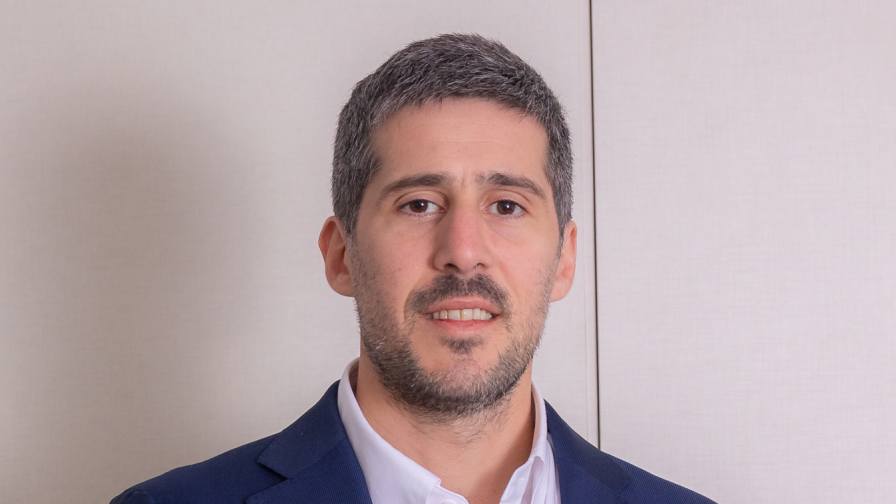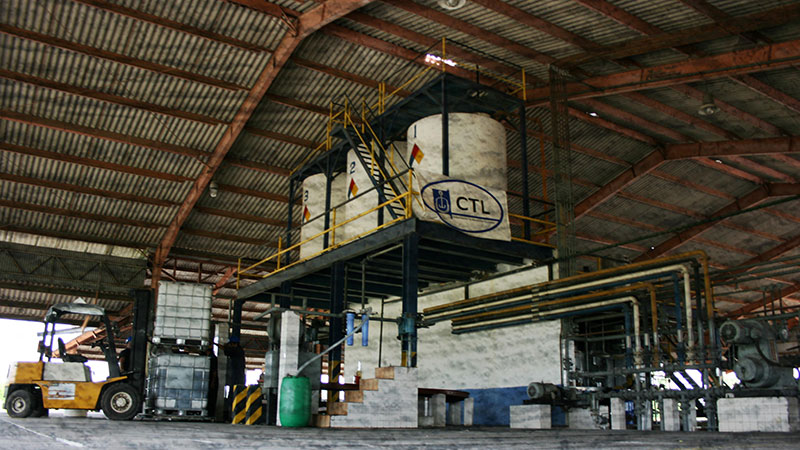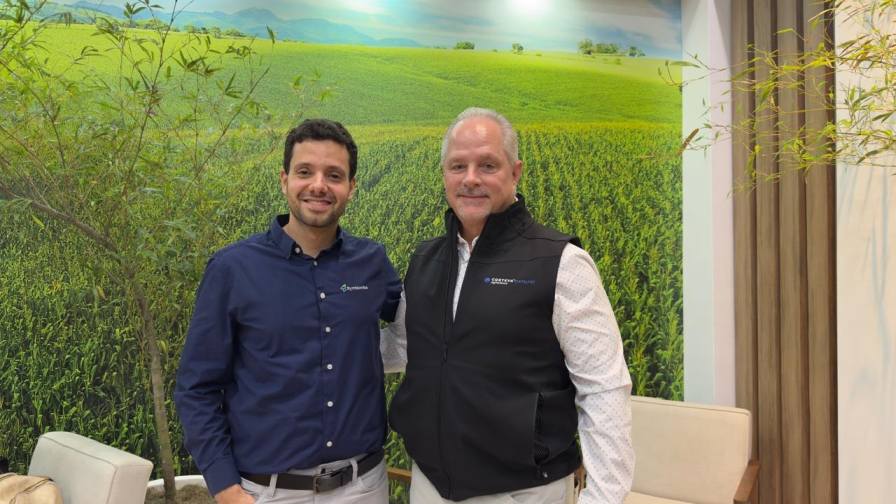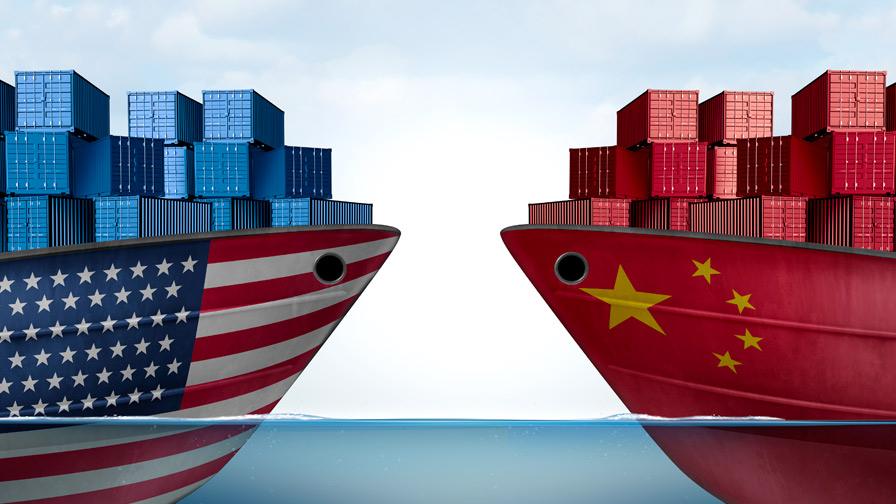Adapting to China’s New Agchem Landscape
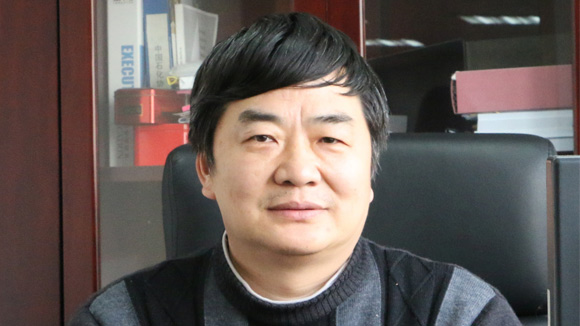
Sun Shubao, President, CCPIA; photo courtesy CCPIA
Editor’s Note: China Crop Protection Industry Association (CCPIA) President Sun Shubao discussed multinationals’ growing presence in China and where the industry is headed next in this exclusive interview.
FCI: Can you give us a general review of the last year: How did plans go that were in place and what is the general feeling about the direction of the manufacturers?
Sun Shubao: The agchem environment, roughly, is better than 2013. Volumes did not increase so much while profits dipped a bit. However, the development of pesticides is still much better than the rest of the chemical industry. The best-performing area comes from demand overseas – not locally. In the domestic market, the government is paying much more attention to food safety, so we have new regulations on the usage of agrochemicals for environmental protection and quality of life.
FCI: Are there any new manufacturers coming online?
Shubao: No. There are around 1,800 manufacturers and formulators now. Other small manufacturers are not included in that number, but with the new regulations, small factories have to close.
The Chinese government has not allowed any new manufacturing license to be issued starting in 2014. Typically, the factory applies for a license to the Ministry of Industry and Information Technology (MIIT), and CCPIA assists in the approval process. MIIT is not issuing any more new licenses in 2015. If new investments or products plan to launch in the market, one must take the path of a merger or acquisition, which makes the current pesticide production license even more expensive.
Another important point is that the Chinese are welcoming more patented products from the multinationals domestically. Imports of these products went from $200 million to $800 to $900 million in just the last four or five years. DuPont, for example, is promoting Rynaxypyr in China and it’s achieving a very good market. In China, such products have their own patent protection from the Chinese government for 20 years.
FCI: You mentioned that there are 1,800 factories registered. Does CCPIA feel that is the right size for China’s market now, or do you see more contraction yet?
Shubao: About 600 of those 1,800 factories are producing tech, the rest are formulating. The problem is that a lot of manufacturers make the same product, so now MIIT is not allowing any companies to apply for new licenses for manufacturing from last year. Existing factories, however, can expand capacity or buy the manufacturing license from a previous factory.
FCI: How does this trend of a growing multinational presence impact the local Chinese companies like Trustchem and Redsun?
Shubao: The Chinese are welcoming new products with low toxicity. But yes, the multinationals are taking more of the market, as much as 35% to 45%. It’s a big difference from three to four years ago, when they had only 10% to 15% of the Chinese market.
At the same time, for companies like Redsun and some other local manufacturers, since the market size in China is not increasing they are exporting instead.
FCI: What about toll manufacturing – do you feel that is still a good business strategy? Now that multinationals have market share they will utilize the facilities in China for cost-effectiveness and distribution. Will tolling keep growing with complete manufacturing, labeling and selling here in China?
Shubao: Tech tolling is one part, but the other important part is formulations and repackaging. Most factories are happy to do this as of now. They will gain new technologies and new protection for health, safety and environment (HSE) policy. It helps domestic sales.
FCI: For tech, is the toll business is not as in demand as before, for the multinationals?
Shubao: Most tech will be exported abroad. That consumes some of manufacturing capacity so it is an important role in the cooperation, and that is fine. Also some of the multinationals are members of CropLife. In cooperation with the multinationals, we learned from their experience – for example, they will have new ideas about HSE, and will improve the image of the agrochemical industry, which of course is associated with pollution. The multinationals will evaluate the issues near factory sites and on wastewater treatment, for example, and so Chinese factories have much clearer approaches to environmental protection. They also teach farmers food safety issues and the correct usage of chemicals.
FCI: For glyphosate, which is obviously a big product for China, the price is very low now and demand is off. What will it take to turn it around so the market is more comfortable with pricing and capacity?
Shubao: Overcapacity is a common problem for Chinese factories and not only for chemicals. There is less innovation. From 2013 the price has been going down for glyphosate, and most of the factories have very little profit. So the industry is not in good order. This is the status, but we expect that will be changing. The Chinese government, of course, published new laws on environmental protection, so the small factories with low-level environmental protection facilities are already closed, and the big ones with qualified environmental protection facilities that operate normally will survive and increase capacity.
We think the industry will become increasingly centralized. It’s like any other commodity that has its ups and downs. It’s not a very specialized product anymore. The Chinese industry was focused solely on GDP years back, but now we must also focus on sustainable development.
FCI: Paraquat will be phased out in 2016. How do you see the replacement products for that domestically?
Shubao: The old formulation for paraquat is liquid, and now companies have made new granule and gel formulations. But we found a couple of issues: with granules, the powder could potentially harm workers who formulate it in the plants. For gel, the problem is excess product sticking to the inside of the bottle. Now, only two to three factories are authorized for manufacturing these and the cost for the new formulations is higher. But we can’t deny that paraquat is very effective – it’s already more than 50 years old. It is good for the root system. Paraquat is passivated when using on weeds, hence there is no residue in soil. For the new product to be replaced possibly with diquat, there is no price advantage, and efficacy is not as good as paraquat’s.
FCI: Is paraquat being phased out entirely or can companies still make it for export?
Shubao: Companies will still have an export license. As far as the new formulations, they are under evaluation still but if they are accepted, it will only be allowed under strict use and monitoring.
FCI: About five years ago, CCPIA set up product groups for individual products like atrazine, glyphosate, macozeb and imidacloprid. The big manufacturers would meet at certain times during the year to talk about capacity, streamlining the process, raw materials and set the industry standard for export. How are those groups functioning now and are they still of value to the industry?
Shubao: CCPIA initiated the product teams, of which there are now 14. Currently the function of the teams is talking about the common problems they face – for example, how to meet product quality standards. When in 2005 it was announced paraquat would be banned, the team discussed gel formulations, and for 2,4-D, they discussed problems with the product in northeast China where it is used having to do with drift on fruit trees.
FCI: So they are addressing some of the current problems domestically to either help come up with solutions?
Shubao: Yes. When they face a common problem they unite together to come up with new ideas to help solve problems, whether they be social or manufacturing issues. They discuss everything.

